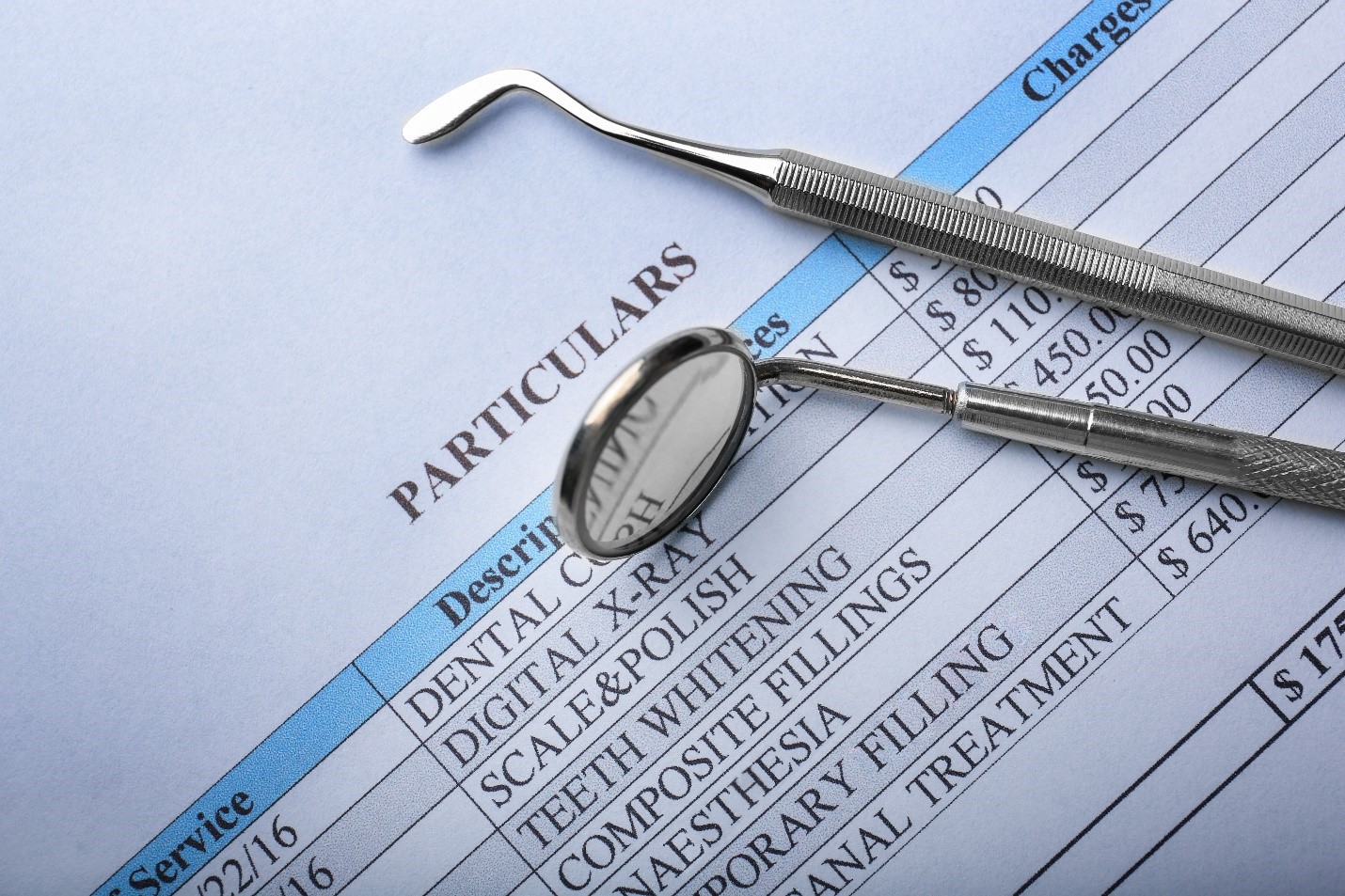
In 2019 the City spent $152 million to provide employee health benefits. Dental benefits amounted to $51.9 million or 34 per cent of total benefit costs.
Testing the controls to ensure claims are reasonable and legitimate and reviewing plan design provides a measure of assurance to City Council that the City is receiving the best value.
By The Numbers
- In 2018, 80,059 individuals were eligible for City’s benefit plan
- 61,787 or 77% used dental benefits
- Past five years dental benefits increased from $48.3 million in 2015 to $51.9 million in 2019
- In 2018, 236 individuals accounted for $1.53 million in dental cost
- Top 5 patients’ claims ranged from $11,000 to over $25,000 in one year
- Top 5 dental procedures accounted for 35% or $17 million/year
- Co-insurance payments could provide overall employee benefit cost savings of $27.5 M – $80.5 M over five years
Background
Since its inception in 2011, the Continuous Controls Monitoring (CCM) program has expanded. The Auditor General is now including dental claims in the CCM program. Previous CCM reports have led to significant annual savings.
The City is self-insured which means the City pays for benefit claim costs. The City has an administrative service contract with a benefits plan administrator to adjudicate claims, issue claim payments, and monitor and detect fraud or abuse.
On average, 61,000 individuals submitted claims under the City’s dental plan in 2017 and 2018. The average amount claimed per individual in 2018 was $796.
What We Found
- Pension, Payroll & Employee Benefits Division (PPEB) has followed the AG’s past recommendations to include strong upfront controls for benefits management.
- Controls appear to be working.
- Although we identified some claims would benefit from a further review, nothing came to our attention that would suggest fraud. These findings are consistent with an independent third-party review conducted by PPEB.
- We identified some claims for a deeper review, however in some cases the plan administrator had already picked up the items for review themselves. The administrator is reviewing additional claims that we identified and leveraging our analysis to enhance their analytics protocols to detect further high-risk items on a go-forward basis.
- Employees would benefit by having better training on using benefits and verifying services charged by dentists
Enhancing the continuous review of trends and expenses using advanced data analytics would help control costs. Going forward, these measures will help ensure the long-term sustainability of the plan.
Opportunities to Reduce Dental Benefit Costs
Considering Co-insurance Payments by Plan Members
The City pays 100 percent cost of Basic and Comprehensive Basic dental procedures. At a time when the City is faced with unprecedented cost pressures to provide services, a co-insurance payment by plan members of 5 to 15 cents on the dollar could go a long way to support the City and the provision of services to citizens. Co-insurance is used in other levels of government and introducing it to the City would mean annual savings in dental benefit costs of $1.7 million to $4.9 million or $8.5 million to $24.5 million over five years. Extending these co-insurance payments to drug and other health benefits could result in potential combined savings of $27.5 – $80.5 million over five years.
It is important to recognize that the City has union agreements. To be clear, we are not suggesting going outside of these agreements. What we are suggesting is going forward to work with the unions and management to determine if at this particular time there is something more that can be done in light of the City’s financial pressures
Harmonization of Benefit Plans
The benefits covered for major dental services varies between the various employee groups at the City. Harmonization of benefit plans for major services could provide savings of up to one million dollars.
Establishing Maximum Allowable Limits
The average annual cumulative amount paid for the top 50 claimants was $9,126 per claimant which is 11.5 times the plan average of $796.
Management should evaluate, in consultation with the benefits plan administrator, the optimum annual maximum per dental category to control expenses.
How The Recommendations Will Benefit The City
The City can further manage growing dental and other benefit costs by evaluating and implementing plan design changes in consultation with the benefits plan administrator.
Improved monitoring, better employee training and plan design changes will result in overall cost savings. The Auditor General will report savings realized as a result of management actions in future follow-up reports.